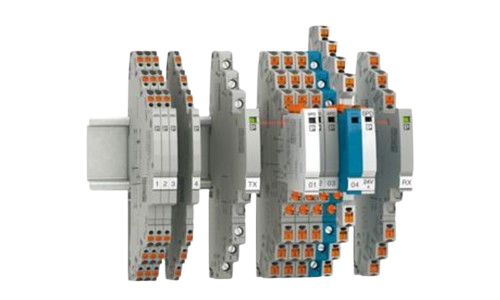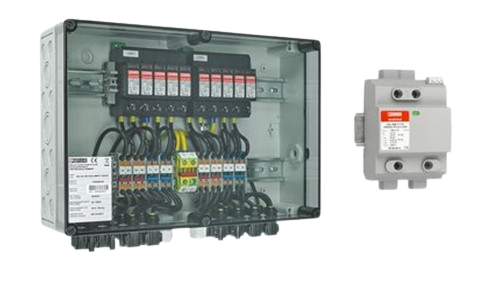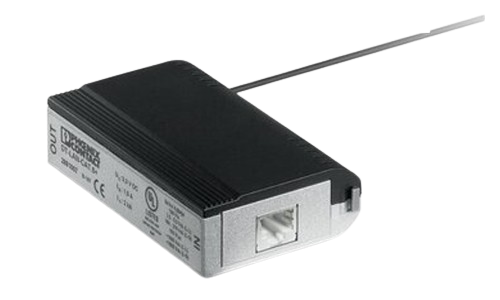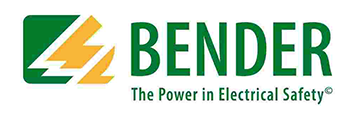Surge protection and lightning protection

Surge protection refers to the protection of systems and electrical devices against excessively high voltage peaks caused by switching operations and lightning strikes. An effective lightning protection strategy combines internal and external lightning protection. Protect the power supplies, data, and signals in your system. Use the reliable surge protection solutions available in our various product ranges as part of your internal lightning protection strategy.
1. Surge protection for power supplies
From feed-in to the end device, we offer you the right surge protection for a multi-level protection concept. Depending on the installation location and requirements, surge protective devices are normatively divided into different types: type 1, type 2, and type 3. This type classification is based on various tests. If more than one test is passed, they are referred to as combined lightning current and surge arresters.
2. Surge protection for MCR technology and high signal voltages
In measurement and control technology (MCR technology), surge protection ensures interference- free signal transmission. The high quality and availability of the transmitted signals is essential for smooth operation. Our surge protective devices offer an ideal solution for all applications in MCR technology. System failures can thus be avoided
3. Surge protection for photovoltaic systems
Photovoltaic systems, whether large ground-mounted systems or rooftop systems on a residential building, are at risk of lightning surge voltage due to the coupling surfaces and installation locations. With our string combiner boxes and surge protective devices for photovoltaic systems, you not only ensure availability and high performance. At the same time, you also keep the amortization time of the system as short as possible. Use our lightning and surge protection for photovoltaic systems to ensure availability and your yield.
4. Surge protection for information technology and telecommunications
IT interfaces are particularly sensitive to overvoltages. Ideally, high transmission rates should not be impaired by the protective circuit. Powerful and fast-acting components provide a good level of protection with minimal attenuation. Overvoltages are safely limited. The bandwidth remains virtually unaffected.











